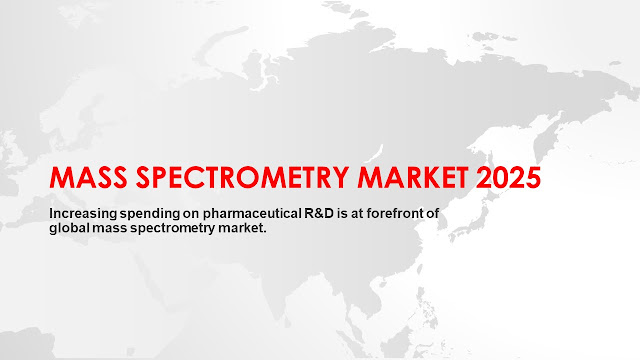Neuroendoscopy Market: Current and Future Perspectives, Growth Factors 2022
What This Report
Will Provide?
This study involved four major
activities in estimating the current size of the neuroendoscopy market.
Exhaustive secondary research was carried out to collect information on the
market, its peer markets, and its parent market.
The next step was to validate these findings, assumptions, and sizing with
industry experts across the value chain through primary research. Both top-down
and bottom-up approaches were employed to estimate the complete market size.
After that, market breakdown and data triangulation procedures were used to
estimate the size of segments and subsegments.
Expected Revenue Growth:
The neuroendoscopy market is expected to
reach USD 218.9 million by 2022 from USD 163.9 million in 2016, at a CAGR of
5.1%
Major Growth Boosters:
Factors
such as favorable government initiatives, rising prevalence of neurological
disorders, and benefits of neuroendoscopic surgery over conventional brain
surgery are driving the growth of this market. However, the high cost of
neuroendoscopy procedures and equipment may hinder the growth of the market.
Download PDF Brochure:
https://www.marketsandmarkets.com/pdfdownloadNew.asp?id=68126508
Recent Developments:
In 2017, KARL STORZ partnered with
Ortega Clinic (Peru) to equip the hospital with an integrated KARL STORZ 3D
operating room (OR) and accessories
In 2017, B.Braun opened a subsidiary in Zambia. This will help the company to
establish its business in Zambia and expand its presence in the African region.
Regional Growth Analysis:
The market is dominated by
North America, followed by Europe, Asia, and the Rest of the World (RoW). The
dominance of the North American market is attributed to factors such as
favorable government initiatives, rising prevalence of neurological disorders,
increasing investments by hospitals to purchase new neuroendoscopy equipment,
and increasing research activities.
Future growth opportunities are going to be dependent on growing healthcare
market in emerging economies such as Brazil, Russia, India, China, and South
Africa (BRICS), as they are among the fastest-growing economies in the world.
The World Economic Forum has estimated that these emerging economies will
account for around one-third of the global healthcare expenditure.
Key Questions Addressed in The Report:
1. Who are the top 10 players operating in the global neuroendoscopy
market?
2. What are the drivers, restraints, opportunities, and challenges in the
neuroendoscopy Industry?
3. What are the opportunities for stakeholders and provide details of the
competitive landscape for key players?
4. What will be growth of neuroendoscopy in North America, Europe, Asia
Pacific, Latin America, and the Middle East and Africa?
Request Sample Report:
https://www.marketsandmarkets.com/requestsampleNew.asp?id=68126508
Transcranial
neuroendoscopy is used in the diagnosis and treatment of larger tumors with
significant suprasellar extension. There are two types of endoscopic
transcranial approaches transglabellar or supraorbital which are widely used by
neurosurgeons. The transcranial approach is more invasive as compared to the
transnasal neuroendoscopic approach. However, in order to reduce trauma, this
procedure is used in conjunction with transnasal neuroendoscopy.
Key Players:
KARL STORZ (Germany), B. Braun (Germany), Ackermann Instrumente (Germany),
Adeor Medical (Germany), Hangzhou Hawk Optical Electronic Instruments (China),
Machida Endoscope (Japan), Tonglu Wanhe Medical Instrument (China), Schindler
Endoskopie (Germany), Clarus Medical (US), LocaMed (UK), and Visionsense
Corporation (US) are the key players operating in this market.




Comments
Post a Comment